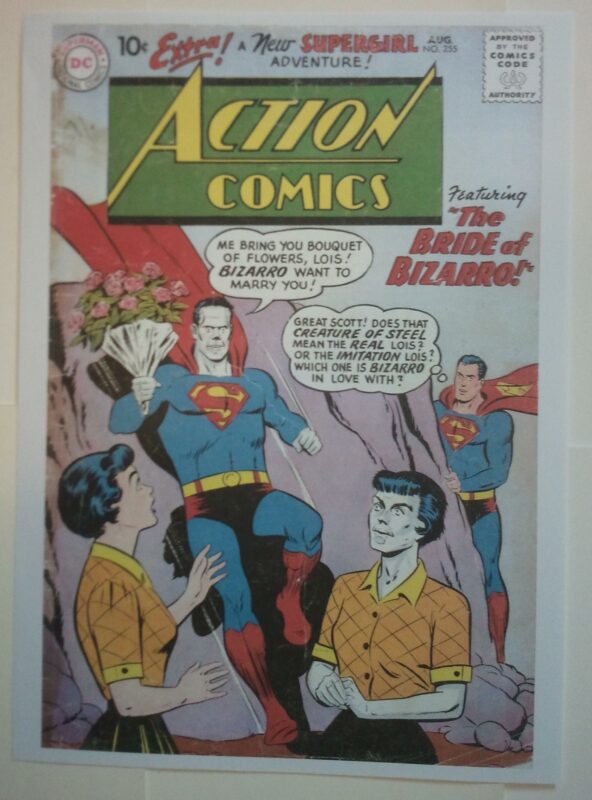Superman Poster #15 Bizarro Lois Action Comics #255 (1959) Curt Swan
$49.99
Description
Bizarro is a character who appears in comic books published by DC Comics. The character was created by writer Otto Binder and artist George Papp as a “mirror image” of Superman and first appeared in Superboy #68 (1958). Since then, various iterations of Bizarro have appeared in which he is often, but not always, portrayed as an antagonist to Superman. Debuting in the Silver Age of Comic Books (1956 – c. 1970), the character has appeared in both comic books and graphic novels, and other DC Comics-related products such as animated and live-action television series, trading cards, toys, and video games. Bizarro was Ranked #25 on IGN’s List of 100 Top Comic Book Villains, and the term itself has entered the lexicon beyond pop culture. Bizarro debuted in Superboy #68 (Oct. 1958), writer Otto Binder casting the character as a Frankenstein’s monster pastiche that possessed all the powers of Superboy. Shunned for his grotesque appearance, the teen version of Bizarro only appeared in a single comic book story. An adult version, however, followed soon after, debuting in the Superman daily newspaper comic strip, featured in Episode 105: “The Battle With Bizarro” (Strips 6147-6242 :Aug. 25, 1958 to Dec. 13, 1958). This storyline also introduced the strange speech patterns that became synonymous with the character, with all of Bizarro’s comments meaning the opposite (e.g.. “bad” means “good”). The newspaper version also wore a “B” on his chest, as opposed to the distinctive “S”. Writer of the strip, Alvin Schwartz stated: “I was striving, you might say, for that mirror-image, that opposite. And out of a machine which would reveal the negative Superman, came the mirror image — always remembering that in a mirror everything is reversed… The times were such that one-dimensional characters, your standard superheroes, even in comics, seemed rather simplistic, like paper cut-outs. What was demanded was the full dimensional personality — a figure that carried a shadow, if you like. I was certainly inspired to some degree also by C.G. Jung’s archetype of “the shadow” — and Bizarro certainly reflected that, as well.” Binder revised the character, this time wearing an “S” in Action Comics #254 (July 1959). Bizarro proved popular, and starred in the back-up feature in Adventure Comics for fifteen issues, running from issue #285 – 299 (June 1961 – Aug. 1962). The character made forty appearances in the Superman family of titles — Action Comics, Superman, Superman’s Pal Jimmy Olsen, Superman’s Girl Friend, Lois Lane, Adventure Comics, Secret Society of Super Villains, and DC Comics Presents — from 1959 to 1984, prior to a reboot of the DC Universe as a result of the limited series Crisis on Infinite Earths #1 – 12 (April 1985 – March 1986). When Bizarro falls in love with reporter Lois Lane, she uses the duplicating ray on herself to create a “Bizarro Lois”, who is instantly attracted to Bizarro. The Bizarros leave Earth together, determined to find a home where they can be themselves. Superman encounters the couple once again, discovering that Bizarro — now called Bizarro #1 — has used a version of the duplication ray to create an entire world of Bizarros, who now reside on a cube-shaped planet called “Htrae” (Earth spelled backwards). Bizarro #1 and Bizarro-Lois #1 also give birth to a child who while super-powered, appears to be totally human. Considered a freak by Bizarro standards (out of resentment for the way he was treated by earth humans, Bizarro #1 made a law that they must act the opposite of humans,causing no end of lunacy), the child is the catalyst for a brief war between Htrae and Earth. Blue Kryptonite is also invented during this war, as well as the -temporary- existence of Bizarro-Supergirl. Douglas Curtis Swan (February 17, 1920 – June 17, 1996) was an American comic book artist. The artist most associated with Superman during the period fans and historians call the Silver Age of comic books, Swan produced hundreds of covers and stories from the 1950s through the 1980s. Initially, Swan drew many different features, including “Tommy Tomorrow” and “Gangbusters”, but slowly he began gravitating towards the Superman line of books. His first job pencilling the iconic character was for Superman #51 (March–April 1948). Many comics of the 1940s and 1950s lacked contributor credits, but research shows that Swan began pencilling the Superboy series with its fifth issue in 1949. Swan always felt that his breakthrough came when he was assigned the art duties on Superman’s Pal, Jimmy Olsen, in 1954. In the view of comics historian Les Daniels, Swan became the definitive artist of Superman in the early 1960s with a “new look” to the character that replaced Wayne Boring’s version. Swan and writer Jim Shooter crafted the story “Superman’s Race With the Flash!” in Superman #199 (Aug. 1967) which featured the first race between the Flash and Superman, two characters known for their super-speed powers. Over the years, Swan was a remarkably consistent and prolific artist, often illustrating two or more titles per month. Swan remained as artist of Superman when Julius Schwartz became the editor of the title with issue #233 (Jan. 1971), and writer Denny O’Neil streamlined the Superman mythos, starting with the elimination of Kryptonite. Among Swan’s contributions to the Superman mythos, he and writer Cary Bates co-created the supervillains Terra-Man and the 1970s version of the Toyman as well as the superhero Vartox. Writer Martin Pasko and Swan created the Master Jailer character in Superman #331(January 1979).
Related products
-

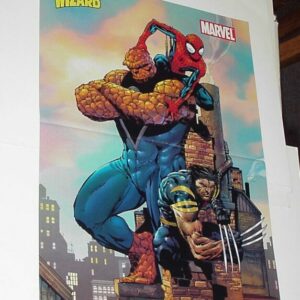
Ultimate Spider-Man Thing Wolverine Poster David Finch X-Men Fantastic Four
$29.99 Add to cart -
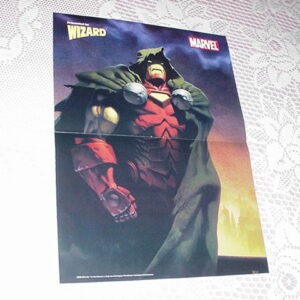
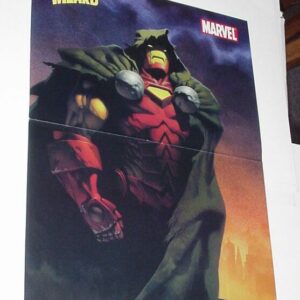
Iron Man Poster # 5 by Kev Walker Iron Doom Exiles 23 Cover
$29.99 Add to cart -
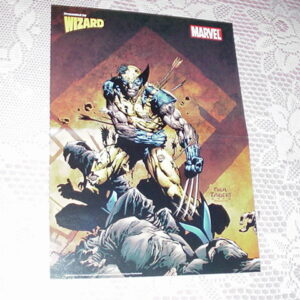
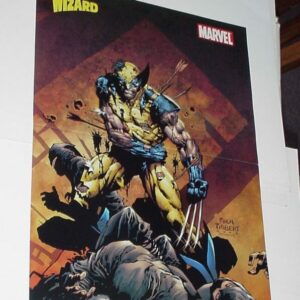
Wolverine Poster #16 vs The Hand The End by David Finch Ninjas
$39.99 Add to cart -
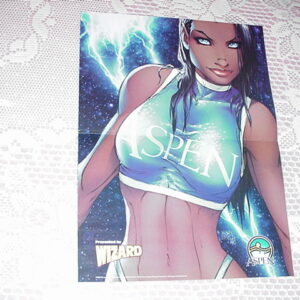
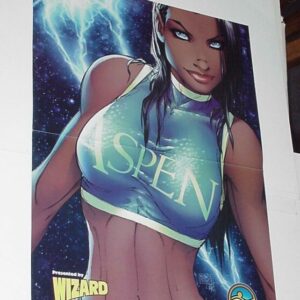
Fathom Poster # 9 Aspen Shirt Michael Turner Matthews Superman
$39.99 Add to cart


